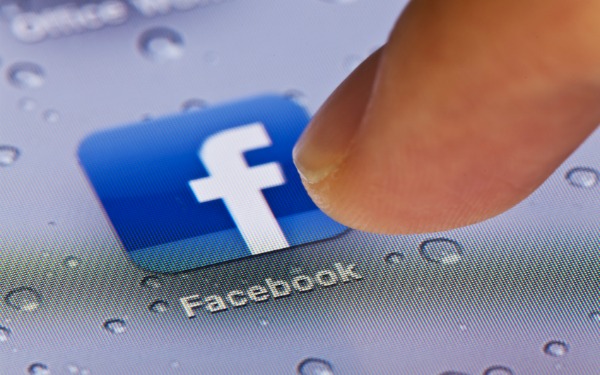One of the most familiar symbols in today’s technological world is Facebook’s Like button. The little thumbs up with a blue shirt cuff makes an appearance almost everywhere we look. Every advertisement we see gives the option to like on Facebook. It was one of the greatest innovations for brands and advertisers, as it became easy to get consumers involved with their advertisements instead of just looking at them. The Like button gave brands an opportunity to get their name out by way of the new word-of-mouth, and they could now put themselves in a place that has been the center of attention for a long time.
Needless to say, the Like button spread like wildfire after it was first put out as an opportunity for brands and advertisers. However, now the like button will be making an appearance in all of the world’s favorite mobile apps. However, instead of a button, Facebook refers to it in their blog as the, “Like action,” for you can now create a wide range of your own like buttons across apps to influence a large distribution across Facebook. This new feature tied in with the Like button will make for a more interactive experience that ties in the web and mobile devices with apps like foursquare and Instagram.
Instead of having to share a story on Facebook in order for somebody to Like it, they can now Like it directly from the separate app, and it will still appear as a notification on Facebook. Basically, what is happening is, just as they have done with the web on desktop computers, users can now Like things on Facebook, even if they aren’t on Facebook.
This new feature may be a sign of an important advertising idea. There could be something to come with this new innovation in the Like button. For example, if a brand were to make an account on one of the social media sites that is less populated by business and advertisers, such as Instagram, they could then have an advantage and still use Facebook to advertise. It would be killing two birds with one stone, in a sense, because not only would the person that is Liking your post on Instagram learning more about your product, but all of the people they are friends with would see it as well.
The Like button was created for the purpose of helping people share what their interests are and see who else Likes the same things. “Unlike the Like Button, people must authorize your app to publish like stories,” Andrew Rothbart writes on the Facebook Developer Blog. So, the Like action is exactly the same as the Like button, but it broadens the horizons of it. Facebook is continuing to take the Like button to high places, creating many great opportunities with it. Since it is now available for apps on mobile devices, though, it’s hard to imaging what they could possibly do next. Although, Facebook never seizes to surprise it’s users.




